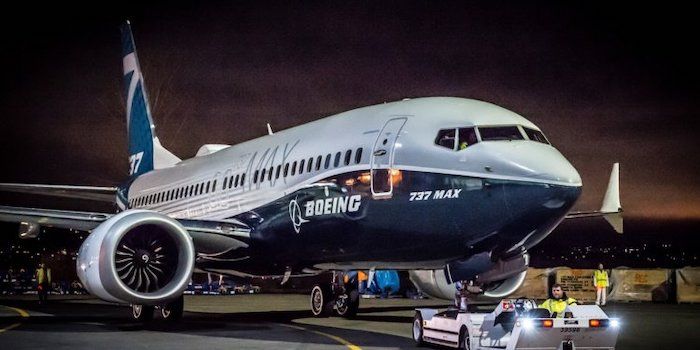IBA, an aviation data and advisory company, has adjusted its market values for all commercial passenger aircraft types across the widebody, narrowbody, regional jet and turboprop categories to reflect the impact of Covid-19. It is vital that the correct valuation approach is taken, and in some cases, base value will be a more appropriate measure than market value. Each and every aircraft needs to be valued using the correct parameters.
Covid has had an undisputed negative effect on all commercial aircraft values, but not all of these will be permanent. Once airlines have rebalanced their fleets to cater for demand levels in the coming years, the values of certain aircraft will recover, and this is reflected in their relatively small value decline now.
The newest generation of narrowbody and widebody aircraft have seen the mildest adjustments, as rising costs and environmental legislation lead operators to favour these assets over older aircraft types.
Of the new generation narrowbodies, the Airbus A220 and the A320neo have seen a comparatively low decline in market value of 5-8%, whilst the Boeing 737 MAX has seen a greater value fall as orders continue to be cancelled following its grounding last year.
The A320ceo, A321ceo and Boeing 737-800 models are the least affected of the current generation narrowbodies, declining in value from 9-16%, whilst the A319-100 and Boeing 737-700 have suffered the greatest negative adjustments due to several fleet exits (A319) and a concentrated fleet (737-700).
In the new-generation widebody category, the Boeing 787 and Airbus A350 families represent the pride of many prominent flag carriers’ long-haul fleets, and these high-yielding aircraft have seen a modest value decline of 4-13%. The most resilient variant of these types from a value perspective is the Boeing 787-9, which has declined least due to its broad operator base, operational flexibility and medium capacity, which align well with current demand levels.
Many of the older widebodies, particularly the four engine types such as the Boeing 747 and Airbus A340, have declined by as much as 30-40%, with little hope of recovery as the number of in-service aircraft continues to wind down.
The decline in twin-engine widebody values has varied, with certain Boeing 777 variants (200 and 200LR) accelerating their value decline which started prior to the Covid pandemic.
IBA sees long term potential through passenger-to-freighter conversion (P2F) for the Airbus A330-300 and Boeing 777-300ER, the latter of which has just been converted to a freighter for the first time, and the Boeing 767-300ER, which is a proven freighter with lots of passenger variants now being retired which are ripe for conversion.
IBA sees an uncertain future for the A380, with production ending next year, and many airlines opting to retire their aircraft early. With little secondary market demand other than for teardown to support existing fleets, its values have declined by up to 34%.
Amongst regional jets, IBA believes that those operated extensively in the large US regional market such as younger examples of the Embraer E175 and CRJ900 should remain relatively insulated.
In the turboprop market, ATRs have generally fared best from a value perspective, with the ATR42-600 the least affected. However, the Dash8/Q400 faces a much steeper value decline due to an excess number of available aircraft following airline failures and fleet restructurings.





